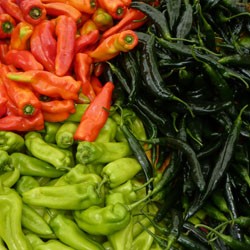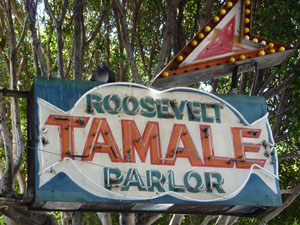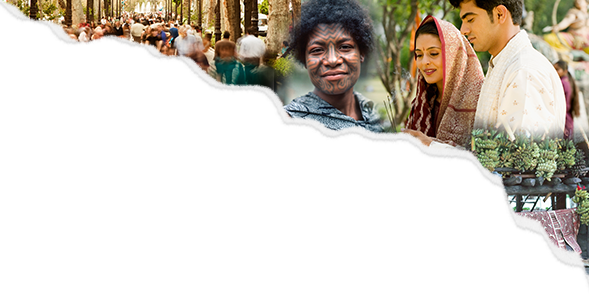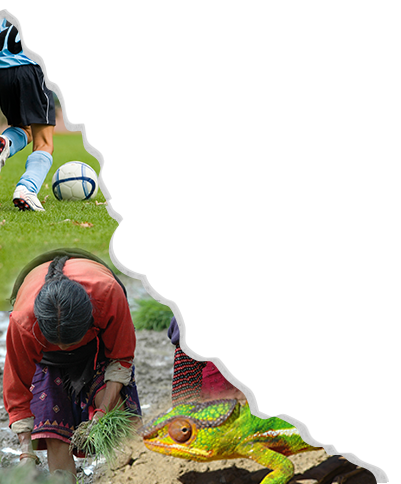
Last week marked the publication of Eating Culture: An Anthropological Guide to Food by Gillian Crowther. In celebration, and with the author’s permission, we’d like to share the introduction to the book.
Click here to read the introduction, “Setting the Anthropological Table.”
To read an interview with the author, please see last week’s blog posting.
For those of you teaching courses on the anthropology of food, or food studies courses of any kind, we’re also very pleased to share two potential student assignments with you. These were used by the author of the book, Gillian Crowther, in her second-year undergraduate course in the spring of 2013. They are extracted directly from her syllabus for the course, which focused on BC Lower Mainland food culture:
Assignment One: Fourth-Hour Field Notes and Fieldwork Papers
All social anthropologists when doing fieldwork will keep a comprehensive journal or field notes concerning their understanding of the material they encounter during daily participant observation. It is a record of events and an interpretation of those events. Field notes include descriptive details, questions that are raised by new circumstances, and demonstrate a general engagement with the fieldwork context, such as noting sometimes very ordinary facts and conversations, or public discourse, about the topic the fieldworker is trying to understand. For example, in my field notes from Massett I attended many community feasts, and on occasion helped prepare the stew for the feast. In my notes I included details about the context, who I met, why they were there, what we did together, where the ingredients came from, how the stew was cooked, by whom, how it was served, who was invited, and who attended, what people said about the event, the stew, and who they said this to, and who they did not.… I asked people what they thought about feasting in general, and why it was important, and then combined this with my observations about how the Haida had long used feasting as a way of demonstrating rank and maintaining the social order. In a similar way you are writing your field notes based on two of the following topics focused on the food culture of the Lower Mainland. For each topic I will expect to find evidence of six hours of observation, participation, conversation, eating(!), cooking, shopping: the doing of Lower Mainland food culture. You will be expected to indicate how the six hours were spent by including a brief time sheet. The evidence can be in the form of handwritten notes, photographs, menus, interviews, recipes, packaging, etc.
You can write in the first person, as it is your experiences and insights that will form the basis of your analysis, but you will then reflect on these from an anthropological perspective, addressing the social and cultural messages that are communicated through the fieldwork topic you are addressing. For instance, if you choose to write a review of a restaurant you will describe your experiences, and then add an analysis based upon the anthropological discussions of authenticity, culinary tourism, otherness, presentation strategies, cuisines, and identity work.
Each paper will be between 4-6 pages, excluding your reference pages and attached field notes, such as pictures, adverts, menus, etc.
You will be marked on your ability to:
- Apply and discuss concepts from the course such as the nature of diets, the characteristics of cuisine, the eating event, etc.
- Research the topic using academic sources
- Draw upon a wide range of relevant sources of food culture
- Interrogate and assess the nature of food culture within the topic you are addressing
- Present appropriate descriptions, facts, examples, and comparisons, based upon your participant-observation and research, with citations
- Ask valid questions, reveal your curiosity, and put forward plausible answers
- Integrate your facts with interpretation and analysis
- Apply an anthropological perspective, i.e. fieldwork based, culturally relative, comparative, and holistic
- Include evidence of six hours of fieldwork for each paper by attaching documents and time sheet.
You will choose two of the following self-paced fieldwork exercises:
a) Diets: Eat Your Way To…
While humans have very specific nutritional needs we have also culturally shaped the solution to those needs through our learned tastes and style of eating. Humans have long wrestled with our ability to use food to shape our bodies, and evidence of this comes from the numerous “diets” that are available for anyone to eat their way to health, fitness, tummy flatness, intelligence, morality, etc. One quick Google search of “diets” brings at 21 million responses! This paper will involve thinking about the diets that surround us in the media, and the pressure that exists to shape your body to some arbitrary standard. You may want to focus upon one diet, or contrast two that have very different methods, such as a get thin quickly diet, versus a lifestyle change diet to combat diabetes. You will need to think about the implications of diets, and how they relate to society’s obsession with the way we look.
b) Family Recipe
There is often a particular dish that is a favourite in a family. Where did this come from? Whose recipe is it? Why is it important? What are the ingredients? What is the method? How is it served? When is it made? Is this a written recipe, or made from memory? Interview a family member about the recipe and its significance. If possible make the recipe yourself and reflect on the significance of this enculturation. Explore the importance of this recipe for you and your family, and when you would eat it together. You will need to describe your family background, and briefly note the occasions when the recipe is used.
c) Gastropolitics: Eating Together
This paper will allow you to examine the social and cultural dynamics of the “eating event” that you, your family, and/or friends engage in. You will address what the meal consists of and whether it is a special or an everyday meal. How many courses? The table settings, seating arrangements, order of serving, and conversations all contribute to understanding the implications of the meal for defining tightly-knit social groups. You should choose an actual meal you have recently attended, and think about why such meals are so important to all humans, and what they tell us about our social structure.
d) Fast Food: Eating Alone
Explore your own eating habits by considering the fast food meals you have during the day when you’re working or at school, and how the necessities of our “modern” life are catered to by fast food franchises. Should we still consider this eating, or is it feeding? You should consider the types of foods, social interactions, and the associated sense of satisfaction to be gained from these locations. What is the packaging like? What is the structure of the meal? How do you feel afterwards? What does this eating style tell us about the nature of society, and food culture?
e) Food Advertising
 Think of the politics of food advertising—remember someone is trying to convince you to eat their product, by making appeal to health, nutrition, price, nostalgia—through some means. Take your local newspaper and look at the food advertising contained in adverts and flyers. What messages are being communicated? Are certain foods advertised to attract different age groups, genders, ethnic groups? What tells you this? Do some carry misleading messages? Do they suggest a certain lifestyle, health benefit? Are they convincing?
Think of the politics of food advertising—remember someone is trying to convince you to eat their product, by making appeal to health, nutrition, price, nostalgia—through some means. Take your local newspaper and look at the food advertising contained in adverts and flyers. What messages are being communicated? Are certain foods advertised to attract different age groups, genders, ethnic groups? What tells you this? Do some carry misleading messages? Do they suggest a certain lifestyle, health benefit? Are they convincing?
f) Restaurant Review
This is not about writing a critical review of a restaurant. Instead, it is about giving you the opportunity to go and taste the cuisine of another culture. You should choose a restaurant providing a style of food you have not tried before. Do some research into the cuisine, so that you begin to learn the standard dishes, and styles, and then compare your research to the real thing. You can explore this form of culinary tourism with a friend, if you wish, and you may include their experiences and thoughts. You will need to draw upon the characteristics of cuisines, notions of authenticity, and domestication. You may write about the cuisine your presentation will be focused on.
Assignment Two: Cuisine Presentations
At the beginning of the semester you will be asked to sign up, as part of a three-person group, to present a cuisine to the class. The presentation will be 15 minutes, with each person contributing equally (5 minutes each). The presentation will follow the format of providing details about the six characteristics of a cuisine. You will be expected to research the cuisine, and provide a one page handout for all the class with a synopsis of your findings. More details will be provided in class. I will mark the presentation, but with the input of the rest of the class.
You will be marked on:
- The depth of research
- Ability to include anthropological language and insights into the nature of the cuisine
- The clarity of delivery of the material
- Creativity
- Ability to work as a team
- The content of the handout



